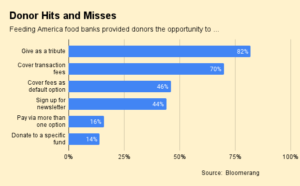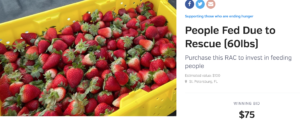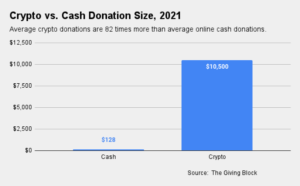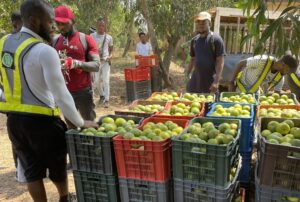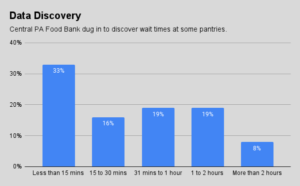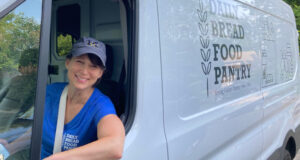When Michael Sammon was handed his first supermarket loyalty card more than 30 years ago, his first thought was: “What a great way to supply funds to various local charities, starting with food.”
With his background in computer repair and programming, Sammon understood instantly that the cards were powered by software that could be programmed to handle a variety of functions beyond loyalty tracking. He soon became committed to the idea of taking advantage of the in-store system to generate donations. The loyalty cards could be programmed so that each time cardholders used them at checkout, they also automatically made a small donation, say a nickel.
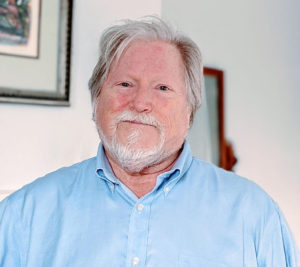
Given the hefty transaction volume of the typical supermarket, all of those nickels could easily add up to big money. For every 50 supermarkets in a chain, Sammon anticipates that between $2 million and $8 million could be raised annually. In the two-tiered system Sammon foresees, supermarket chains would donate a portion of the funds to designated national charities or their own foundations, while individual store managers could allocate another chunk to community initiatives, ideally focused on relieving hunger.
“I’m tired of people being hungry,” said Sammon, who is now retired from computers and works as a substitute teacher in Maine.
While the idea of asking shoppers to make a donation at the checkout is not new, Sammon’s approach makes the process both more effective and less intrusive. Once cardholders agree to opt into the program, the donations occur automatically. Cashiers need not ask every time.
With the advanced software running in most grocery store checkout aisles, the move to automatic small-change donations could happen overnight. In fact, during the coin shortage that occurred during the pandemic, some grocery store chains made it possible for customers’ change to be returned to their loyalty cards to be used toward their next purchase. Some stores also allowed customers to round up their purchases, with the extra change going toward their in-house charitable efforts.
Under Sammon’s approach, small-change donations would become a permanent, passive fixture of grocery shopping and the proceeds would go toward local nonprofits in the community. “We want people to donate for life and we want local charities to get the money,” he said.
Donations would be automatically added at the check-out as if they were a can of beans, and the resulting bundle of donations would be paid out on a regular basis to charities, much in the same way a grocer pays out its vendors.
As the process becomes more sophisticated, say by allowing customers to choose their donation size or by supplying donors with tax receipts, there is an opportunity for a middleman to play a role. Sammon has formed an organization, Checkout for Change, which could play that role, but he’s mostly interested in simply seeing the concept take off. “I just want this done,” he said.
While the idea has yet to take hold in the U.S., a version of it is already operating in Canada. Operation Sharing in Ontario operated as a traditional pantry until it began a program, now in partnership with seven groceries, in which cashiers invite customers to donate a quarter at checkout. Those quarters fund gift cards, which the nonprofit then distributes to people to use at the grocery store.
While Canada’s Operation Sharing takes a low-tech approach to reach a limited number of stores, Sammon’s idea takes advantage of existing advanced technology and could be widely implemented at the flip of a switch. “The technology is there, it’s just the will to get there,” Sammon said.
Like what you’re reading?
Support Food Bank News
